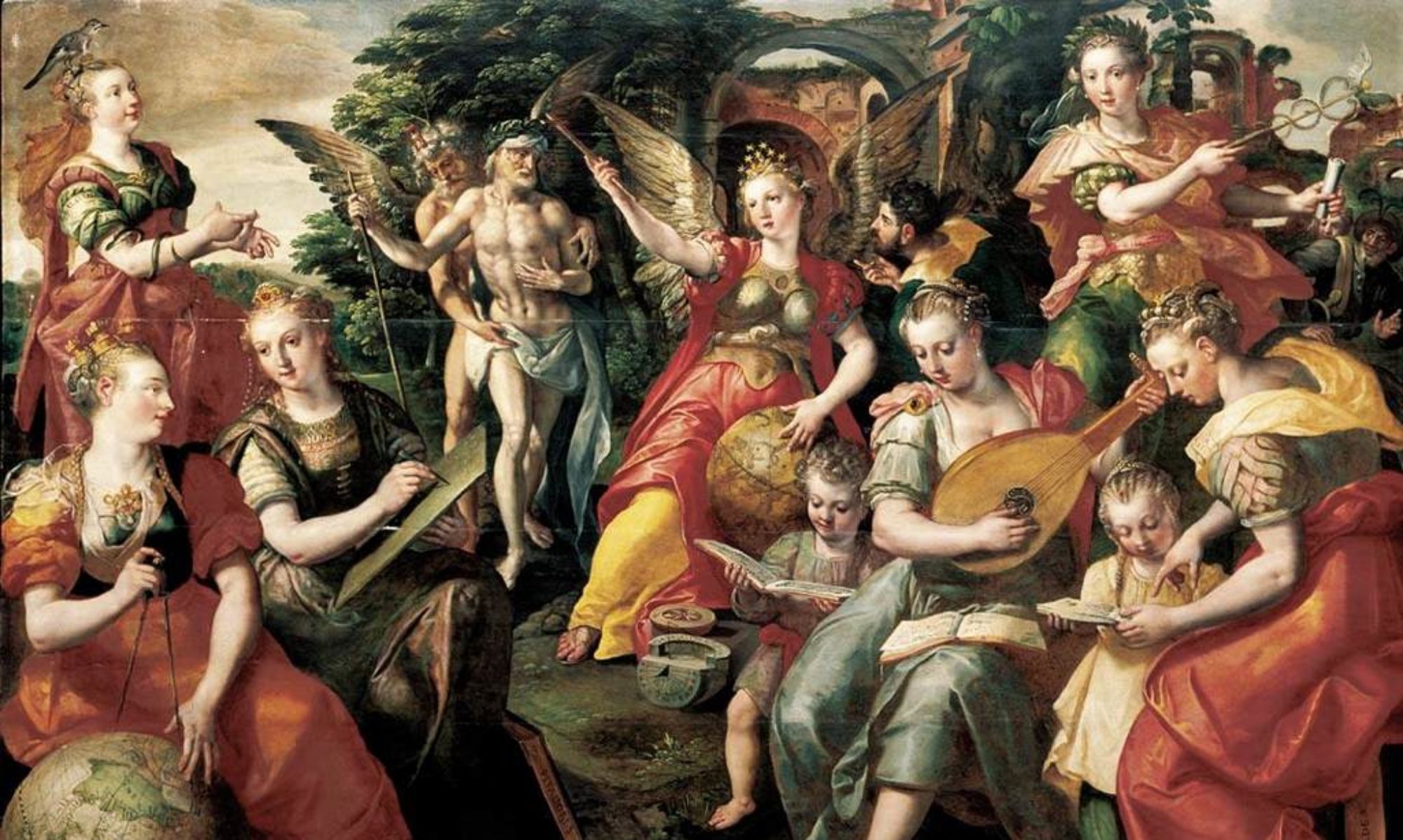Employing Interdisciplinarity: Early Modern Legacies, Future Challenges
September 20-21, 2019 | University of Notre Dame | 235 Decio Hall
This conference takes aim at one of the academy’s most coveted buzzwords. Where in fact does the fascination with interdisciplinarity come from, and why does it matter so much today?
Faithful subscribers to the Oxford English Dictionary know not always to take its dates for the earliest word-use as rigorous historical claims, yet in the case of “interdisciplinarity,” the situation is rather clear: no such word seems to have been needed before the 1930s. Today, the neologism poses job-seeking graduate students chronic problems, as they struggle to articulate before the job market what it is about their work that is “interdisciplinary.” The answer is obvious enough for trained early modernists – the multifacetedness of any early modern topic forces a scholar to overstep disciplinary boundaries, often resulting in methodologies, conclusions, and publications that seem eclectic or eccentric to concerned colleagues. Yet that very obviousness often gets in the way of a clear and compelling explanation. My interdisciplinarity, a job-candidate might find themselves hearing from a senior scholar, is not your interdisciplinarity.
In addition to standing professional concerns, an intellectual and historical paradox remains: in order to describe and legitimate one’s scholarly work as interdisciplinary, an early modernist has to import a notion of disciplines and of their boundaries that simply did not apply to the early modern period. Indeed, the modern term belies the very holistic nature of the pursuit of knowledge as it was then understood. “Interdisciplinarity” would not have made sense to a Leonardo Da Vinci, to a Francis Bacon, or to an Isaac Newton, let alone to the many non-male, non-Christian, non-white, lower-class or otherwise marginalized minorities on the periphery of traditional accounts of the rise of disciplines. Barred from access to universities where disciplines were only just beginning to take shape, these motley contributors to the growth and mixture of knowledge have been too carelessly exempt from our accounts of how “interdisciplinarity” became a possibility and a goal.
In brief, as early modernists today work to remedy these omissions and make better sense of modern Europe’s intellectual development, how should they understand and employ the term?
